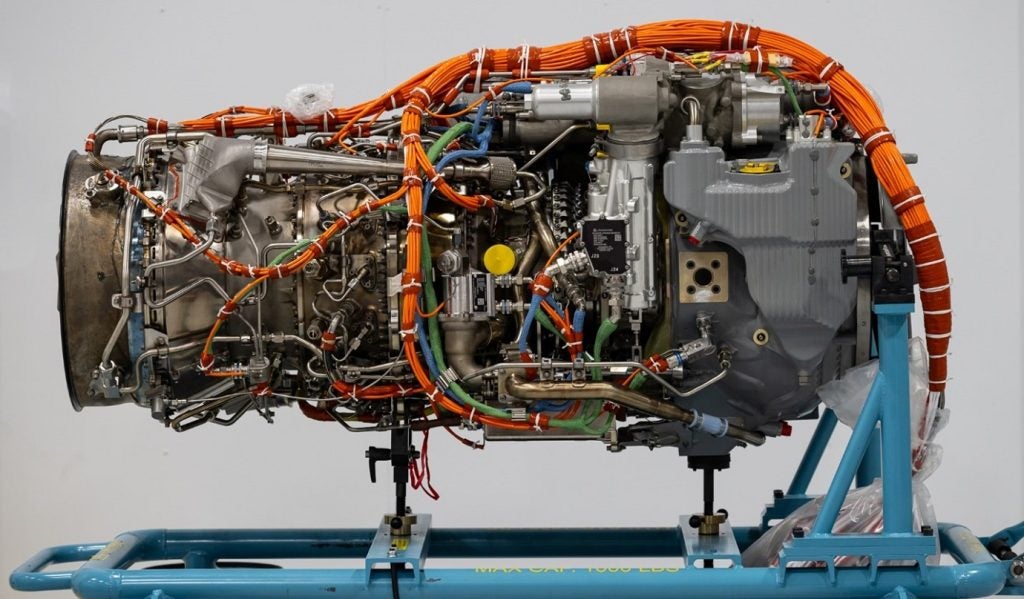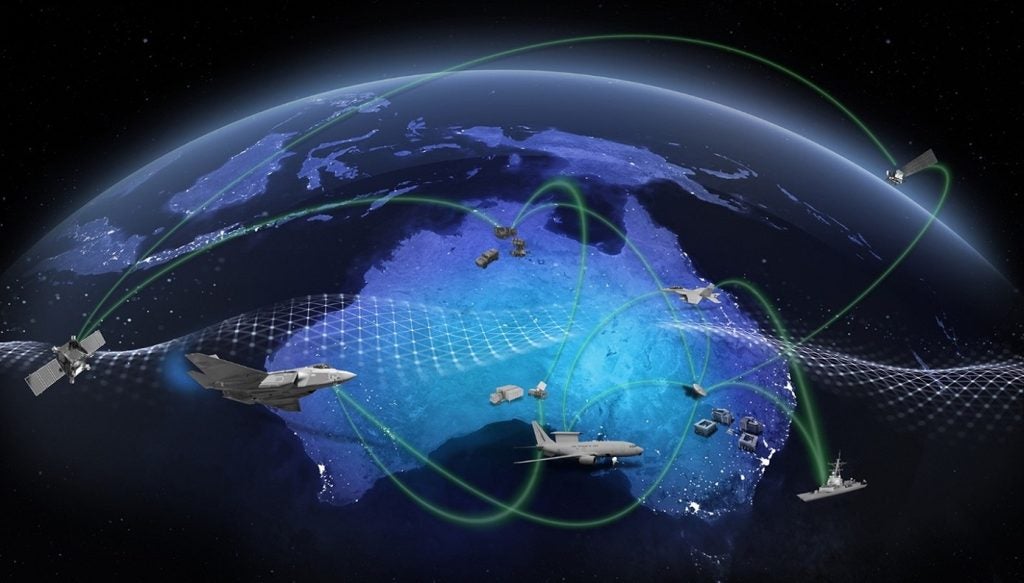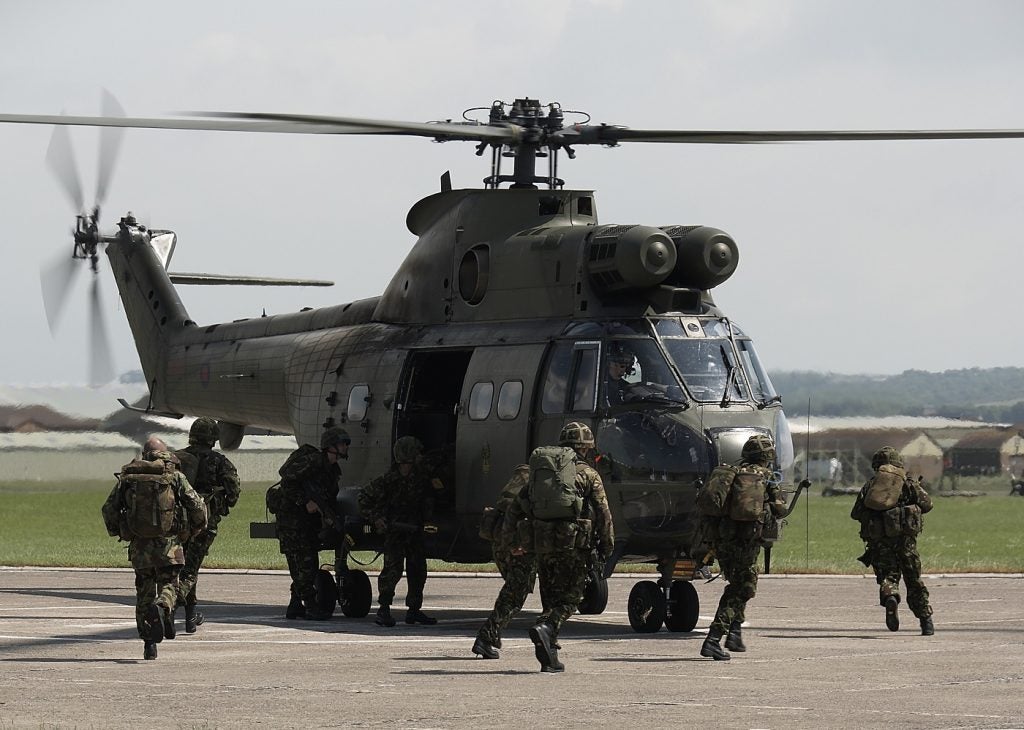The US Army has accepted two T901 engines from General Electric Aerospace (GEA) for its next-generation attack helicopter fleets including the UH-60 Black Hawk, AH-64 Apache and the Future Attack Reconnaissance Aircraft (FARA) programme.
Increased demands for Army rotorcraft have led to greater burdens on manufacturers to deliver a platform that adds sophisticated capabilities and associated weight while performing in higher and hotter conditions.
An example is Sikorsky’s FARA prototype, the ‘Raider X’ – an attack helicopter that can traverse the Indo-Pacific expanse due to the company’s X2 technology.
Such demands have prompted the Army to adopt a new engine to replace the traditional T700 – which has been used to power the Apache and Black Hawk for the past 40 years – with an engine with greater power capacity.
The Army has chosen GEA’s T901 variant – an engine that provides 50% more power and reduced life cycle costs, with fewer parts and a simpler design. The engine’s fuel efficiency will improve the enduring fleet’s range, loiter time and offer 25% better specific fuel consumption.
GEA’s engine design draws from various commercial technologies: 3D modelling, the use of ceramic matrix composites and 3D printed parts. The latter two components allow the T901 to produce more power with less weight.
At the same time, the T901 shares the modular architecture of its predecessor, the T700, allowing the engine to integrate with any of the Army’s existing fleets.
According to the US Army, the system incorporates an onboard Engine Health Management System that supports Army Predictive and Prognostic Maintenance goals by using health monitoring sensors, and embedded component health models and algorithms.
These technologies provide data analysis and advanced component life calculations that enable longer component usage, reduce demand for spare and replacement parts, and reduce soldier workload per system.











